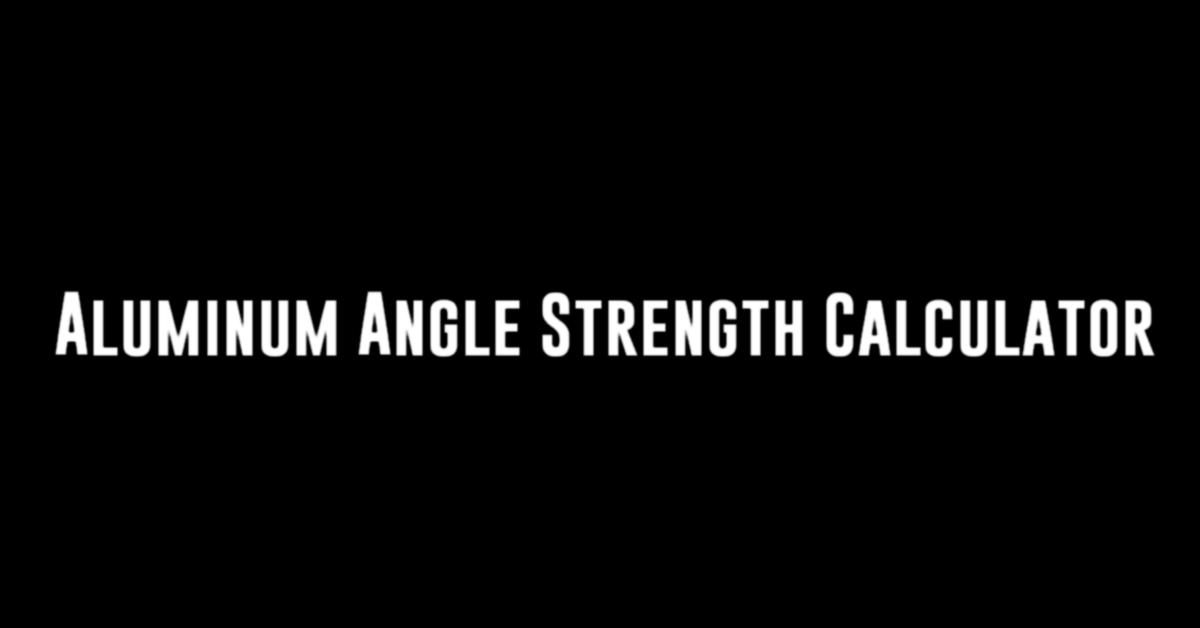What is a Die Clearance Calculator?
A die clearance calculator is a tool used in manufacturing and metalworking to determine the amount of space needed between a die and a workpiece for proper operation. This calculation is crucial for achieving accurate and precise results in processes such as stamping, cutting, and forming.
| Material Type | |
| Material Thickness (mm) | |
| Required Die Clearance (mm): 0 | |
Importance of Die Clearance Calculation
Calculating the correct die clearance is essential for ensuring the quality of the finished product. When the clearance is too small, it can result in a tight fit between the die and the workpiece, leading to deformation or damage to the material. On the other hand, if the clearance is too large, it can cause inaccuracies in the final product’s dimensions.
Factors Affecting Die Clearance

Several factors can influence the required die clearance, including the type of material being used, the thickness of the workpiece, and the complexity of the die design. It is essential to consider these factors carefully when determining the appropriate clearance for a specific manufacturing process.
Benefits of Using a Die Clearance Calculator
Utilizing a die clearance calculator can save time and effort in the manufacturing process by providing accurate and reliable calculations. This tool eliminates the need for manual calculations, reducing the chances of errors and ensuring consistent results across different projects.
How to Use a Die Clearance Calculator
Using a die clearance calculator is relatively straightforward. Simply input the required information, such as the material type, workpiece thickness, and die design, and the calculator will provide the recommended clearance value. Make sure to double-check the results and adjust as needed based on the specific requirements of the project.
Factors to Consider When Calculating Die Clearance
When calculating die clearance, it is essential to consider the following factors:
- Material type: Different materials have varying properties that can affect the required clearance.
- Workpiece thickness: Thicker workpieces may require larger clearances to accommodate for material deformation.
- Die design: The complexity of the die design can influence the clearance needed for proper operation.
- Manufacturing process: The specific manufacturing process being used will also affect the die clearance calculation.
Conclusion
Die clearance calculation is a critical aspect of the manufacturing process that can significantly impact the quality and accuracy of the final product. By using a die clearance calculator, manufacturers can ensure precise results and minimize the risk of errors or material damage. Consideration of various factors such as material type, workpiece thickness, and die design is essential for determining the appropriate clearance value for a specific project. Overall, utilizing a die clearance calculator can streamline the manufacturing process and improve overall efficiency.






